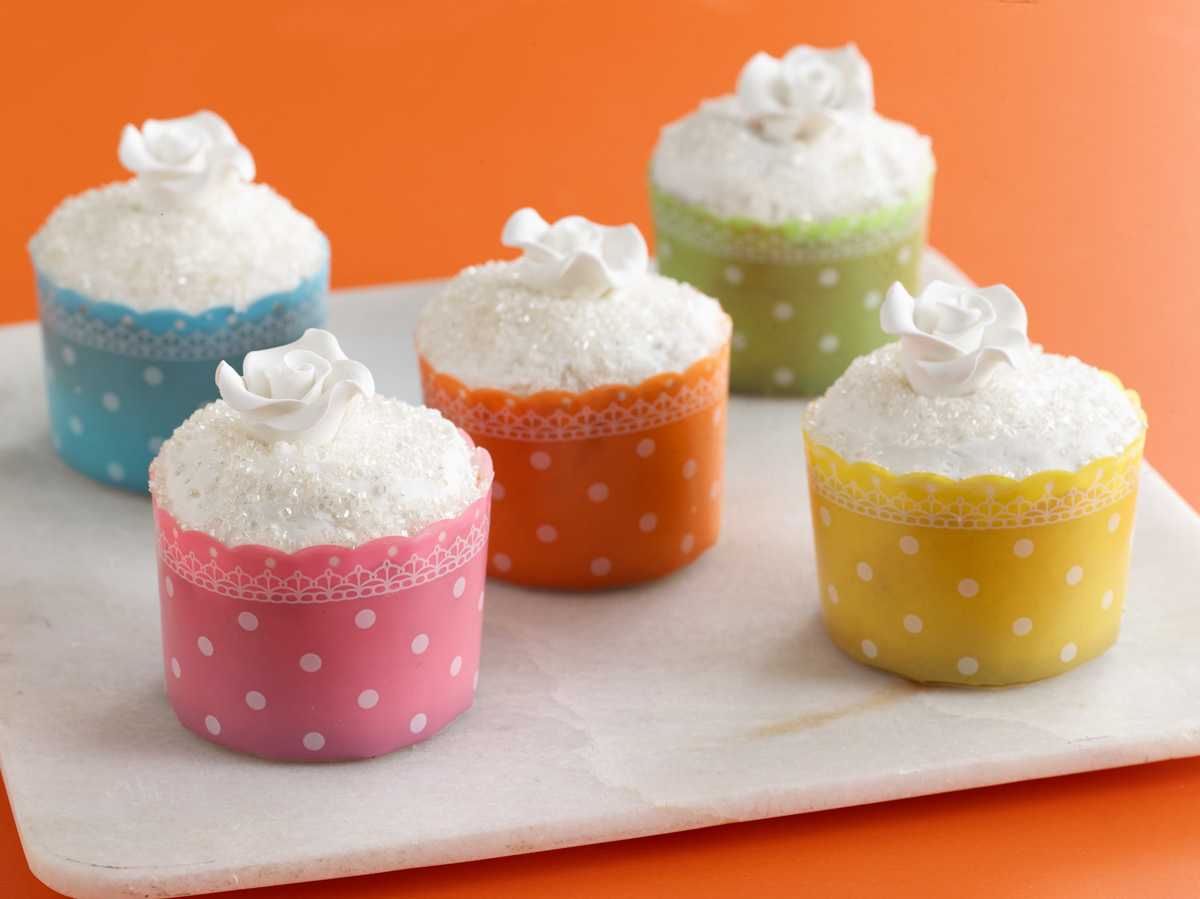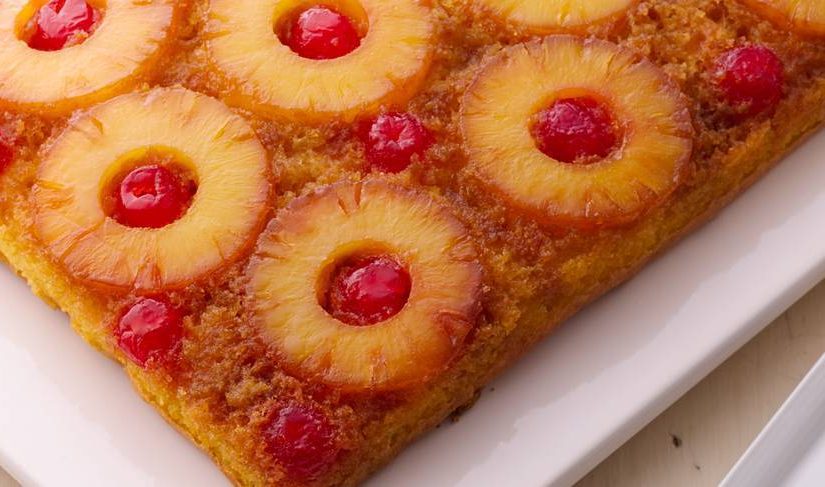“It’s not the heat, it’s the humidity.”
Depending on where you live and how hot it gets, this may be your mantra. And if you’re into baking, this little idiom might be even more meaningful.
Simply put, humidity is the amount of water vapor in the air, and as the air temperature increases, the amount of water increases, too (So perhaps it’s both the heat and humidity…). Since water vapor has the potential to add or remove moisture from your dry baking ingredients, humidity can affect not only baking times and consistency but also the end result.
To combat the effects of humidity, here are our top tips:
- Turn on the air conditioning or ceiling fan. It sounds deceptively easy, but this can regulate the amount of humidity in your kitchen. You can also invest in a basic electronic weather monitor, which will provide data on relative humidity and temperature both inside the kitchen and outside your home.
- Adjust ingredient amounts. Keeping in mind that dry ingredients absorb water when humidity is high, you may want to reduce the amount of liquid in your recipes. When the weather is dry, or your batter appears to be dry, add more liquid, one tablespoon at a time, until you reach the consistency you desire.
- Increase baking time. Start in 5-minute increments to account for high humidity, and keep a close eye on your goodies (Note: Increased baking time is preferable to increased oven temps. Just trust us.).
- Store with humidity in mind. Some home bakers store their flour and sugar in the freezer to reduce potential moisture. Store your finished products in airtight containers to avoid your treats going stale or soft more quickly, as this can happen in high-humidity environments.




